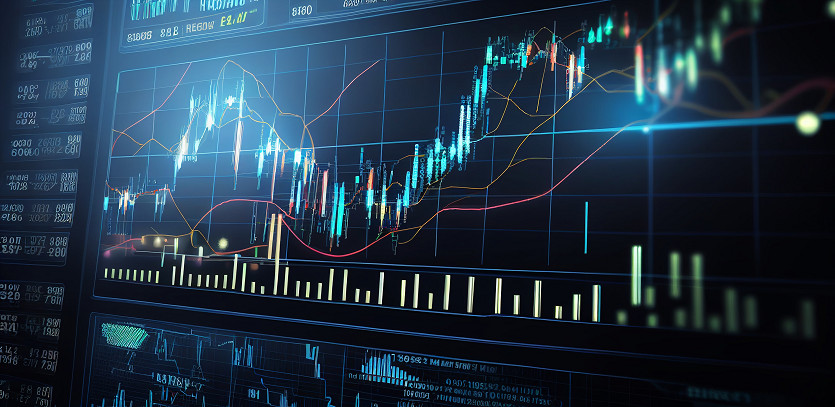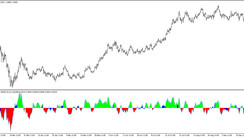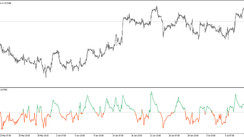Forex indicators are tools that help traders analyze market data and make trading decisions. They can be used to identify trends, support and resistance levels, and potential entry and exit points. There are many different types of forex indicators, each with its own strengths and weaknesses.
Types of Forex Indicators
The most common types of forex indicators are:
Trend indicators: These indicators help traders identify the direction of the trend. Examples of trend indicators include moving averages, the MACD, and the RSI.
Momentum indicators: These indicators measure the speed and strength of the trend. Examples of momentum indicators include the ADX and the CCI.
Volume indicators: These indicators measure the amount of trading activity. Examples of volume indicators include the OBV and the Chaikin Money Flow.
Volatility indicators: These indicators measure the degree of price fluctuations. Examples of volatility indicators include the Bollinger Bands and the Average True Range.
Cycle indicators: These indicators identify cyclical patterns in the market. Examples of cycle indicators include the Elliott Wave Principle and the Fibonacci retracement levels.
Most Popular Forex Indicators
The most popular forex indicators are the moving average, the MACD, and the RSI. These indicators are relatively easy to use and can be effective in identifying trends, momentum, and overbought/oversold conditions.
How Forex Indicators Affect Trading
Forex indicators can affect trading in a number of ways. They can be used to:
Identify trends: Trend indicators can help traders identify the direction of the trend, which can be helpful in determining whether to buy or sell.
Determine support and resistance levels: Momentum indicators can help traders identify support and resistance levels, which can be used to place stop losses and take profits.
Identify overbought/oversold conditions: Volatility indicators can help traders identify overbought/oversold conditions, which can be used to enter or exit trades.
Develop trading strategies: Forex indicators can be used to develop trading strategies by identifying patterns and trends in the market.
Strategies with Forex Indicators
There are many different strategies that can be used with forex indicators. Some popular strategies include:
Trend following strategies: These strategies involve buying when the trend is up and selling when the trend is down.
Momentum strategies: These strategies involve buying when momentum is increasing and selling when momentum is decreasing.
Volatility trading strategies: These strategies involve trading in periods of high volatility and avoiding trading in periods of low volatility.
Cycle trading strategies: These strategies involve trading based on cyclical patterns in the market.
Experts have different opinions on the use of forex indicators. Some experts believe that indicators are essential for successful trading, while others believe that they can be misleading and should be used with caution. Ultimately, the decision of whether or not to use forex indicators is up to the individual trader.
Conclusion
Forex indicators are a valuable tool for traders, but they should be used with caution. It is important to understand the strengths and weaknesses of each indicator and to develop a trading strategy that suits your individual needs.





